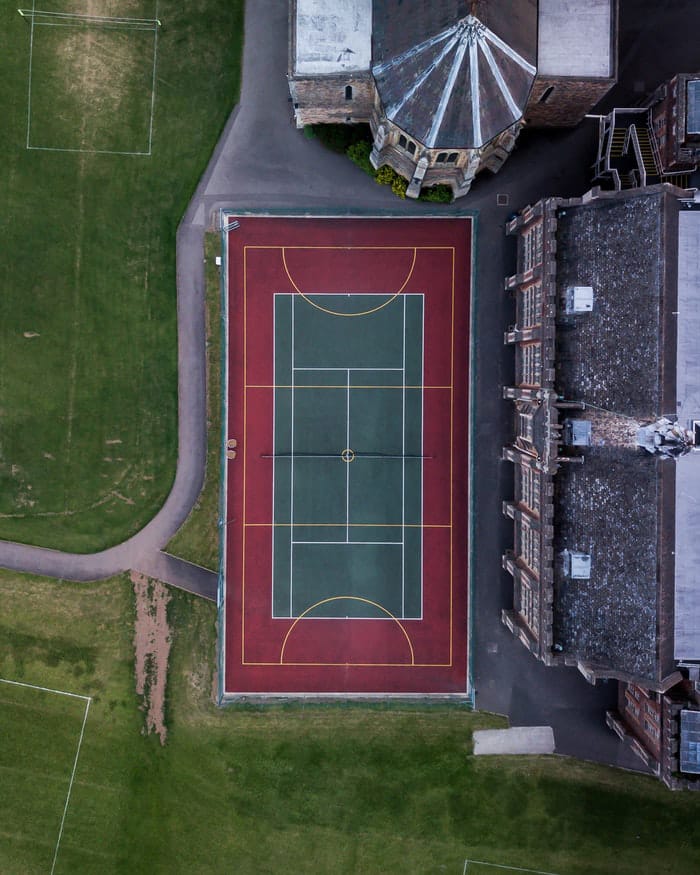Outdoor athletic surfaces must be properly maintained and periodically resurfaced to provide a safe and enjoyable experience for athletes. Tennis courts are no exception, but owners may wonder how often they should have their courts resurfaced. Here’s a look at some of the factors that contribute to tennis court wear and tear and how often courts need to be resurfaced to stay in safe, playable shape.
How Does a Tennis Court Deteriorate?
Several contributing factors play a part in tennis court deterioration over time. If the court has been built on a slope, for example, pools of water can begin to form and cause damage. Additionally, if the ground beneath the court is unevenly compacted, the court’s surface can crack or warp as it settles. Harsh weather, rain, dirt, creeping weeds, and other vegetation can also damage the court over time.
What Is a Resurfacing, and How Often Is It Necessary?
Tennis courts should be professionally resurfaced every four to eight years, and a court experiencing severe deterioration or specific surface damage may need to be resurfaced more frequently. During a resurfacing, an expert will first clean the court of any debris, including rocks, dirt, leaves, and chipped paint. Cracks will then be filled in and sanded down, and any low spots on the court will be leveled to prevent water pooling.
How Can Preventative Maintenance Help?
Tennis court owners can take steps to protect their courts from damage and minimize the need for resurfacing. One way to prevent water buildup and mildew growth is to trim back any overhanging trees to allow the sun to keep the court dry. Keeping grass and other plants around the court under control can also help; it will allow for better water flow and help prevent plant growth on the court’s surface.
For more than four decades, New England Courts has been installing and maintaining a wide variety of indoor and outdoor athletic surfaces in the New England Area. To schedule a resurfacing for your tennis court, give us a call today at 603-944-1184.

